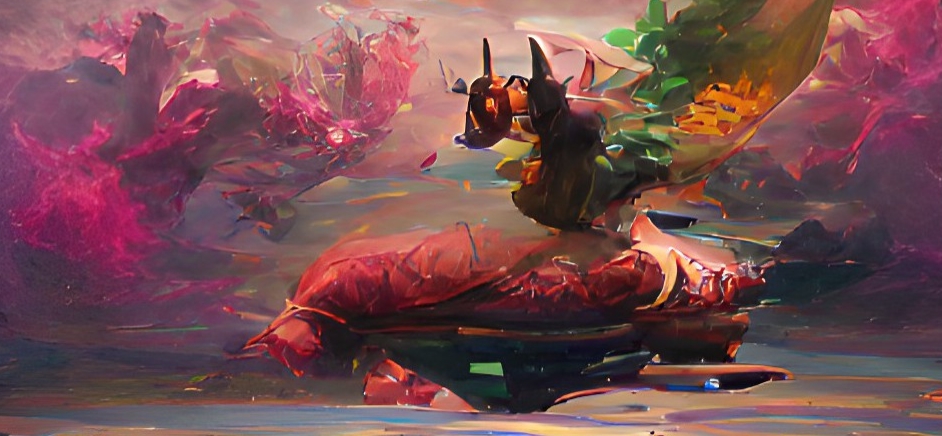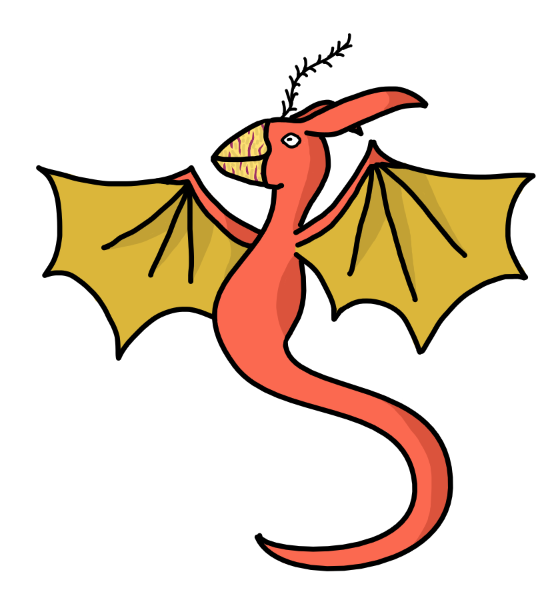Boltfrill
Anatomy
Apart from their beaks, these dragons have a very plain appearance. Plain scales all over their body, and their wings are a dark yellow/browny colour. The only interesting part of their body is their beak, which is a light yellow, with darker yellow and purple stripes all over it. The beaks make up half of their heads, and are responsible for their terrible flying.The interesting appendage on females heads are used for catching prey. When they dangle their appendages, they attract a specific insect known as a redlight. These insects cannot detect the colour red, and see it the same as grey. Instead, they are gravitated towards the aroma let out by this appendage, and the boltfrill consumes the insects that get too close.
Beak
Undoubtedly the most interesting part of a boltfrill is its beak. The size and weight of the beak renders the dragons unable to fly. Instead, they are able to glide short distances. By climbing up rocky cliffs, mountains and trees with the claws on their wings, they can let go and drift to the ground, or another tree.Sexual Dimorphism
A shocking difference between males and females that is rarely seen so stark in dragons, the males appear bright green, while females appear a light red. I actually looked after a breeding pair of boltfrills for a friend for a few months; they crap everywhere, and it's worse when they're together because they do it more.Females possess the appendage on their heads which help them hunt down their specialised prey, redlights.






Comments